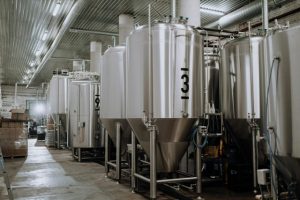South West output stabilises in January

Business activity across the South West was broadly stable at the start of 2025, following a blip in December when it fell for the first time in 10 months.
The latest data showed a slower contraction in sales and a recovery in business confidence, but backlogs and employment decreased further. Meanwhile, inflationary pressures intensified.
The South West Growth Tracker Business Activity Index – a seasonally adjusted index that measures the month-on-month change in the combined output of the region’s manufacturing and service sectors – rose from 49.7 to 50.2 in January. Registering only fractionally above the neutral level of 50.0, the headline figure highlighted a largely unchanged level of business activity among private sector firms. Some firms suggested that new business gains and tech investment at their units underpinned output growth.
Although new orders placed with private sector companies in the South West decreased for a second straight month in January, the rate of contraction was only slight and aligned with the UK average. Local companies associated the fall in new orders with interest rate and public policy concerns among their clients. However, some panellists indicated sales growth, which they attributed to advertising, tech investment and budget approvals at customers.
Business sentiment recovered from December’s two-year low, with a larger proportion of companies in the South West forecasting output growth in the coming 12 months. Ongoing marketing initiatives, efficiency gains and expectations of better demand conditions boosted business optimism in January.
Faye Long, chair of the NatWest South West Regional Board, said: “The results for January showed tentative signs that December’s weakness was just a blip. Local firms saw a slower decline in new orders that was marginal and output volumes stabilised.
“Local firms hiked their fees further, not only due to rising cost burdens at present but also amid future increases in wage costs. The rate of charge inflation was the highest in nearly a year-and-a-half and the strongest of all 12 UK nations and regions. Perhaps, expectations that demand will improve in the coming months encouraged firms to share cost burdens with their clients.
“The Bank of England’s interest rate cut last week means that policy is now less restrictive, with further loosening expected in the year ahead.”









